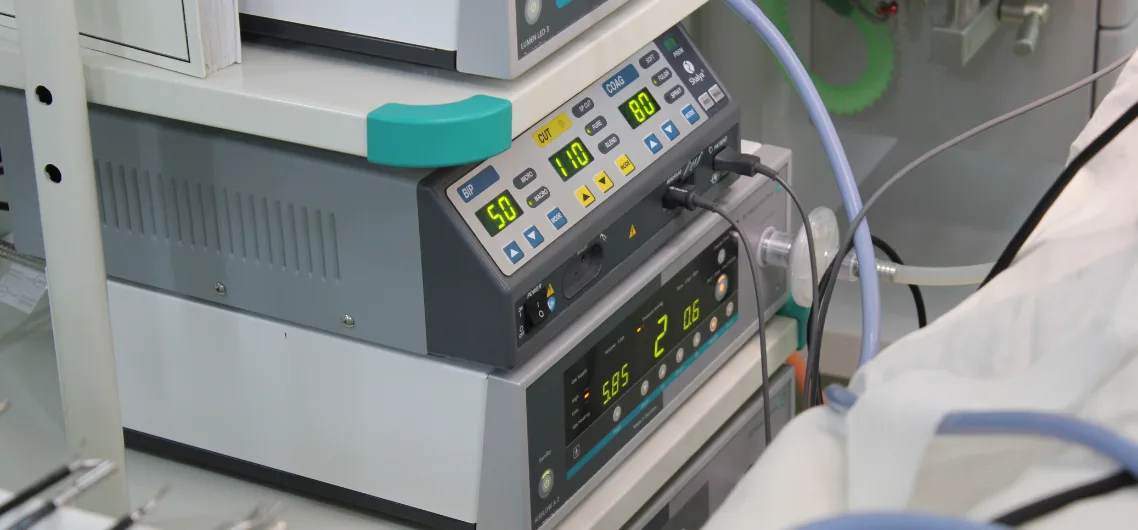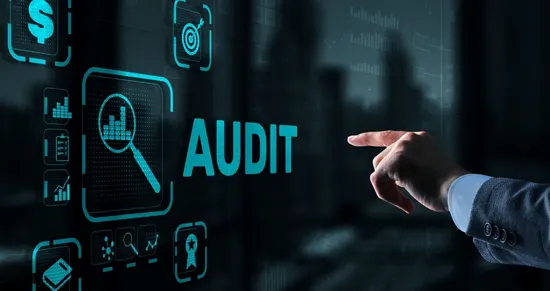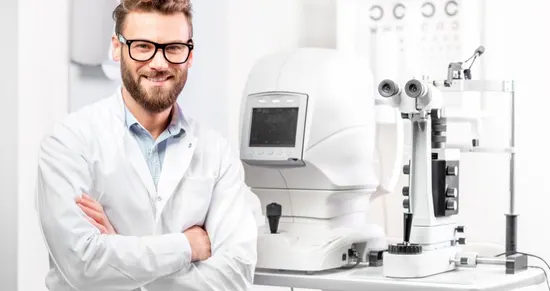Introduction
For In Vitro Diagnostic (IVD) device manufacturers, meeting the European Union In Vitro Diagnostic Regulation (EU IVDR) is essential. The new IVDR regulation (EU 2017/746), which replaced the In Vitro Diagnostic Directive (IVDD), introduces more demanding requirements for clinical evidence, documentation, and post-market surveillance.
As of May 26, 2022, the regulation is entirely in effect for new In Vitro Diagnostic Devices (IVDs), with staggered deadlines until 2027 for legacy devices.
Given its complexity, many manufacturers are still trying to catch up. But with the right planning and support, your organization can become and remain IVDR compliant. This is where Maven comes in, providing the expertise and guidance needed to manage the transition effectively.
Key Changes from IVDD to IVDR
The transition from IVDD to IVDR regulation and its compliance brought some of the most significant changes in the history of IVD oversight in Europe. These include:
- Stricter classification rules: Under the IVDD, Notified Body involvement was needed for only around 20% of In Vitro Diagnostic (IVD) devices. Under the IVDR, this has increased to nearly 80%.
- Expanded performance and safety requirements: The IVDR mandates clinical performance studies, scientific validity, and analytical performance evidence.
- Post-market surveillance and vigilance: Manufacturers must now maintain continuous oversight of devices already in the market and retain relevant documents, including the Post-market Surveillance Report and Post-market performance follow-ups.
- Unique Device Identification (UDI): New labeling requirements make traceability a legal requirement. Hence, a Unique Device Identification number goes on every product label.
- Increased documentation: The technical file must now include a detailed risk analysis, as per ISO 14971:2019, performance evaluation, and a summary of safety and performance (SSP).
- Common Specifications (CS) for high-risk IVD devices: High-risk devices will now have to comply with Common Specifications (CS) specified in Commission Implementing Regulation (EU) 2022/1107.
These changes increase workload and also require expert knowledge in regulatory affairs, clinical validations, and quality systems.
Common Compliance Challenges for In Vitro Diagnostic (IVD) Device Manufacturers
Meeting IVDR compliance isn’t straightforward. Many organizations face the following roadblocks:
- Limited regulatory resources: Smaller companies may lack the internal expertise to interpret the IVDR regulation correctly.
- Unprepared documentation systems: Legacy technical files often require a comprehensive update.
- Notified Body bottlenecks: According to the European Commission, as of early 2024, only 12 Notified Bodies were designated under EU IVDR, leading to long delays.
- Complex classification process: In Vitro Diagnostic (IVD) Devices must now be reclassified using stricter risk-based rules, thus following a complex conformity assessment pathway with increased regulatory requirements.
- Cost and time pressures: Achieving IVDR regulatory compliance requires significant time and financial investment, often underestimated by manufacturers.
According to a study commissioned by the European Commission, three out of five reasons why IVD manufacturers plan to reduce or withdraw products from the EU market are related to IVDR challenges.
How to Handle IVDR Complexities
To effectively handle IVDR compliance complexities, a proactive and structured approach is key:
- Gap assessments: Begin by identifying areas where your current systems fall short of IVDR regulation compliance. This should include document reviews, performance evaluations, and quality system assessments.
- Reclassification strategy: Understand how your products fit into the new classification structure and what that means for documentation and Notified Body involvement.
- Performance evaluation planning: Develop a clear roadmap for collecting scientific validity, analytical performance, and clinical performance data.
- Check Common Specifications (CS): If your devices are high risk (Class C & Class D), look for common specifications requirements stated in Commission Implementing Regulation (EU) 2022/1107.
- Digital transformation: Use regulatory software tools to manage documentation and audit trails more efficiently.
- Team training: Ensure your regulatory, clinical, and quality teams are trained in IVDR standards and procedures.
It’s critical to start early, Notified Bodies are stretched, and the submission process can take months. Delays could mean lost market access.
Why Strong Documentation and Evidence Are Critical
Documentation is the backbone of IVDR regulatory compliance. Every element of your device’s development, from initial research to post-market data, must be clearly documented and linked to performance and safety.
Key documents include:
- Technical documentation: Must cover risk management, manufacturing details, and product verification.
- Performance Evaluation Report (PER): Demonstrates scientific validity, analytical performance, and clinical performance.
- Post-Market Surveillance (PMS) Plan: Shows how ongoing safety and effectiveness will be monitored.
Weak or inconsistent documentation is one of the main reasons submissions are rejected by Notified Bodies. The European Commission’s guidance documents (MDCG series) offer detailed templates and expectations for PERs and technical documentation.
Planning and Budgeting for Long-Term Compliance
Compliance doesn’t end with certification. The IVDR framework establishes a continuous regulatory lifecycle, requiring manufacturers to commit to long-term processes and dedicated teams.
Planning for sustainability means:
- Resourcing for ongoing updates: Regulations evolve, and devices must be kept current.
- Monitoring new guidance: Stay up to date with MDCG publications and EU Commission notices.
- Investing in PMS systems: These systems allow you to proactively collect real-world data and adjust risk measures.
- Budgeting for audits and renewals: Recertification and post-market requirements come with recurring costs.
A clear compliance roadmap helps meet deadlines, minimize disruptions, and reduce costs over time. Companies that begin preparations early are significantly more likely to meet their IVDR timelines within budget.
How Maven Can Help as Your Regulatory Partner
Maven supports in-vitro diagnostic device (IVD) manufacturers throughout the IVDR regulation compliance lifecycle. Whether you’re launching a new product or converting a legacy one to IVDR, Maven brings clarity and structure to your compliance journey.
Here’s how Maven makes a difference:
- Regulatory Gap assessments and classification: We conduct comprehensive assessments to identify compliance gaps, evaluate risk areas, and develop a structured, step-by-step plan tailored to your product needs.
- Documentation and PER support: Maven helps generate and review performance evaluations, technical files, and labeling to ensure they meet the IVDR Regulations and Guidelines.
- Common Specifications (CS) compliance: Maven helps identify applicable Common Specifications (CS) and helps comply with them through its wide network of CROs, testing laboratories, hospitals, etc.
- Notified Body liaison: We coordinate with Notified Bodies on your behalf, making communication smoother and more efficient.
- Post-market planning: From surveillance to periodic safety updates, Maven builds your long-term compliance infrastructure.
- Team training: Our experts train your internal teams so they can take over confidently once your systems are established.
We don’t just help you get IVDR compliant, we ensure you stay compliant. Our approach combines regulatory insight, real-world experience, and hands-on collaboration.
Conclusion
Achieving and maintaining IVDR compliance is a complex, high-stakes process. The new IVDR regulation demands stricter clinical evidence, reclassification of products, and robust post-market vigilance. Without the right expertise and preparation, many manufacturers risk losing access to the EU market altogether.
But you don’t have to navigate this alone. Maven brings clarity, guidance, and end-to-end support to your IVDR regulation compliance journey. Whether you’re at the beginning or deep into the process, our experts are ready to partner with you every step of the way.
Ready to future-proof your devices and streamline compliance? Partner with Maven and make IVDR regulatory compliance a strength, not a struggle.
References
1. REGULATION (EU) 2017/746 OF THE EUROPEAN PARLIAMENT AND OF THE COUNCIL
2. The transition from IVDD to IVDR: Key Differences and Changes
3. REGULATION OF THE EUROPEAN PARLIAMENT
4. Report on Administrative Burden under IVDR and MDR






